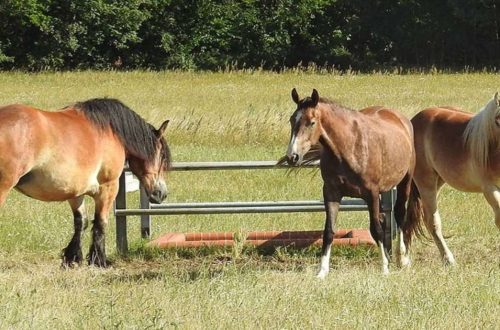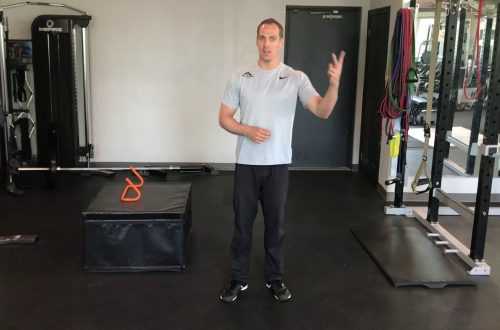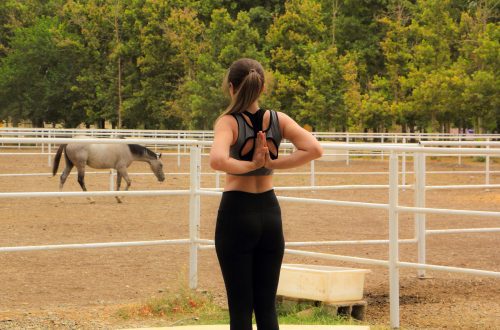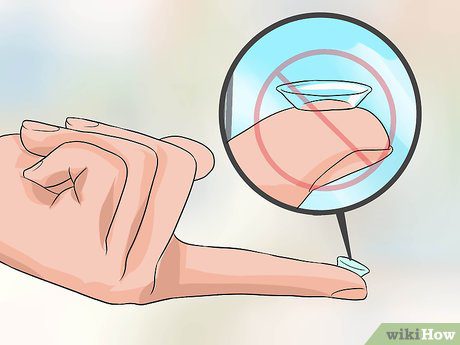
How to achieve soft contact?
British dressage rider Jessica Dunn explains how to achieve harmonious contact with the horse and stop hand resistance.
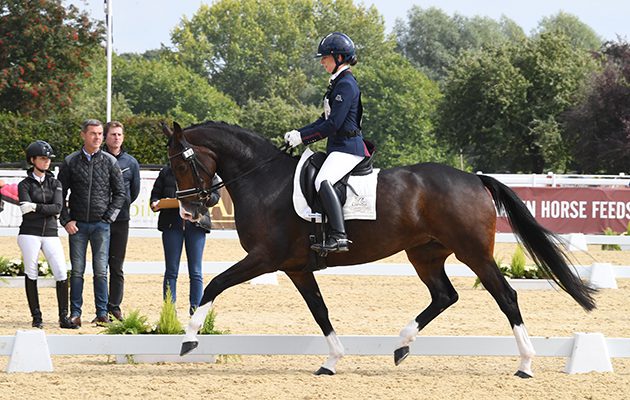
Jessica Dunn and Helga / www.horseandhound.co.uk
After winning team gold and individual bronze at Youth Olympic Games 2009 Jessica continued to compete successfully in national and international competitions, including young horse tournaments with Fiona and Helga (pictured). Jessica stands with her horses in Lancashire, UK.
Star training
Helga is very energetic, but she has a slightly short neck and also overreacts to her leg. But due to the fact that she carries itself, the contact becomes more stable and tight. To achieve this, I concentrate on working with side pieces, I stock up on patience and try to be one step ahead to help her balance herself, but not pinch. A secure fit also helps here.
Achieving soft contact maybe one of the hardest things in equestrian sport, because it depends on many factors: the horse’s natural movement, balance, the horse’s willingness to move on the bit, and the rider’s work with the horse’s background.
We must strive to ensure that the horse is always elastic and moves easily both forward and sideways, and also easily responds to the leg. Here are some exercises to help you get there.
The solution
1. Horses who only “hold” one rein can be helped square work. Do a quarter pirouette at each corner and leg yield, traverse or shoulder in in a straight line between the corners. This will help the horse to move “over the back” without relying on the hands of the rider, become more elastic and fill the outside rein, allowing the rider to understand how to work correctly in the future.
2. Horses that are stiff in the neck can be helped work on the go. Stand on a 20-meter circle, and turn the horse’s shoulders into the inside of the circle. Make sure that the hind legs continue to go under the body of the horse, and do not go out of the circle. Then go to the ranverse and come back to the traverse again. This will help the horse relax and encourage her to look for contact aheadwithout swerving to the right or left.
3. Continue on the 20m circle at the trot. Moving along the open half of the circle, make the shoulder inward. Focus on your inner leg which pushes the inside shoulder to the outside rein. Back on the wall, push the horse forward into a working trot, maintaining internal flexion. The circle helps keep the horse’s inside hind leg under it, forcing the rider to turn and guide the horse. using the body and legs, not the arms.
- These exercises help you switch to basic work.
- I do one full circle in an active collected canter and then one full circle in a relaxed canter, tracking to pace and speed did not change. Once you find it easy for you to do this, start making transitions from canter to trot or walk and back, making sure you follow them. housing.
- Never pull on the reins. If you are aiming for soft contact, put arms slightly widerbut don’t pull them towards you.
Translation material. Source: https://www.horseandhound.co.uk/
- Catherine 25 February 2021 city
how not easy to understand everything)))) Answer



